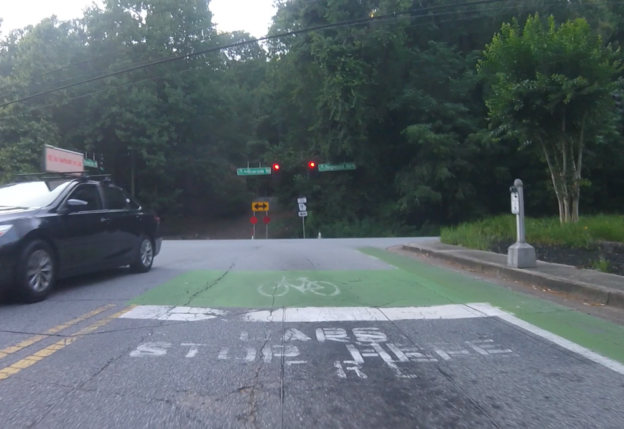…. and the pain of watching loved rides slowly wither and die.
I hate even having to have this discussion, but it is very much overdue, and sadly, the people who need to see and hear this the most probably will not bother to read it, or believe that it applies to them.
Before I get into this discussion, I want to be absolutely clear about something:
_ If you show up to a group ride and you take on the task of leading a group even once a month, you are a rock star, and deserve the respect of those around you._
Now moving on from that. There are not enough of you, and because of that, there are rapidly becoming even fewer, because the respect is not being given, and the whining is only escalating. Rather than go hypothetical, or anything else, I want to take a couple of real world rides, provide some history, and explain what I am seeing as well as why I think these rides are in dire straights.
One of mine…
A little over 10 years ago, some of us decided that we needed an alternative to another local ride that had gotten too big and quite frankly, too dangerous because of it’s size and location. Spun that ride up with a local shop and a couple of friends at the helm of it. It was a success pretty quickly, but we understood our audience and successfully managed the most important part of the ride, week in and week out, and that was the ‘B and C’ level groups. If we were short leads, we sacrificed the ‘A’ level rides because frankly, anyone riding in an ‘A’ level ride should have the skills and experience to not require a ride leader week in and week out. Learn the route and self govern.
Years passed and the ride ran strong. Over the last year or so, it has started to fall apart. Part of this falls on me, as my own schedule to be there week in and week out has been compromised by some family things. Part of this falls on the simple fact that if I cannot be there, there is no commitment to ensuring that the ‘B’ and ‘C’ level groups have leads.
As of now, unless I can commit to being there, the only group that is likely to have any organization is the ‘A’ level ride.
One that is NOT mine…
Meanwhile, across town is another ride that is even larger, and has a similar timeline. That one has been far more organized than any of mine, but it too finds itself struggling with many of the same issues. It is the same 5-6 people week in and week out organizing and leading the groups, largely with the exact same people riding in the groups themselves.
Right now, that group is finding itself with leads choosing not to lead, or going to other places because if they show up they will be expected to lead, even if they are not really feeling it.
Disrespect and Whining
I do not know how to say this nicely, so I am not even going to attempt to soften this. If you are a regular at a group ride, and you elect not to occasionally lead or sweep, but just sit in, then you have given up the right to complain.
In addition, there is a respect problem, and it is deep, rampant and persistent, and most of the people involved have no idea that they are doing it.
I obviously lead a LOT of rides. When I lead, it is rare that I see the kind of disrespect applied towards me as I see applied to other ride leads, and it is a rare week that I do not get a private message, or pulled aside by other leads, or potential leads and asked about it. Why do riders not pass me, get in front of me, whine about the pace, or push the pace when I lead, and yet other leads, deal with ALL of those things often all on the same ride?
I have no idea really. Nor, do I really care about the why I don’t have to put up with it. I DO care about why others are having to put up with it. If you do not like the way a ride lead is leading a ride, you have exactly TWO real options. STFU, sit in and choose differently next time, or let the leader know, politely that you are going to split the group, and at the next regroup, let the group know, so that the group members can choose to follow your lead, or let you go. My advice to ride leads is that once someone pulls through and creates a split, they are now leading the group, and feel free to alter the route to create space between the groups for safety purposes.
In Conclusion
Every area group is currently in the process of collapsing due to a massive disparity between ‘people that ride bikes’ and ‘people willing to be stewards of their sport, learn the routes and step up and lead’.
IF you are interested in being a good steward of the sport, find one of the community leaders and talk to them about it. Learn, and take ownership. It does not have to be me. Talk to people like Eddie O’Dea, Richard Jones, Bo Reese, Phillip King, Robert Wilhite, or really any established leader.
If you are not willing to be a steward, that too is fine, but lower your expectations of your leads, and if you do not like something, you are welcome to HTFU, STFU or GTFO.








